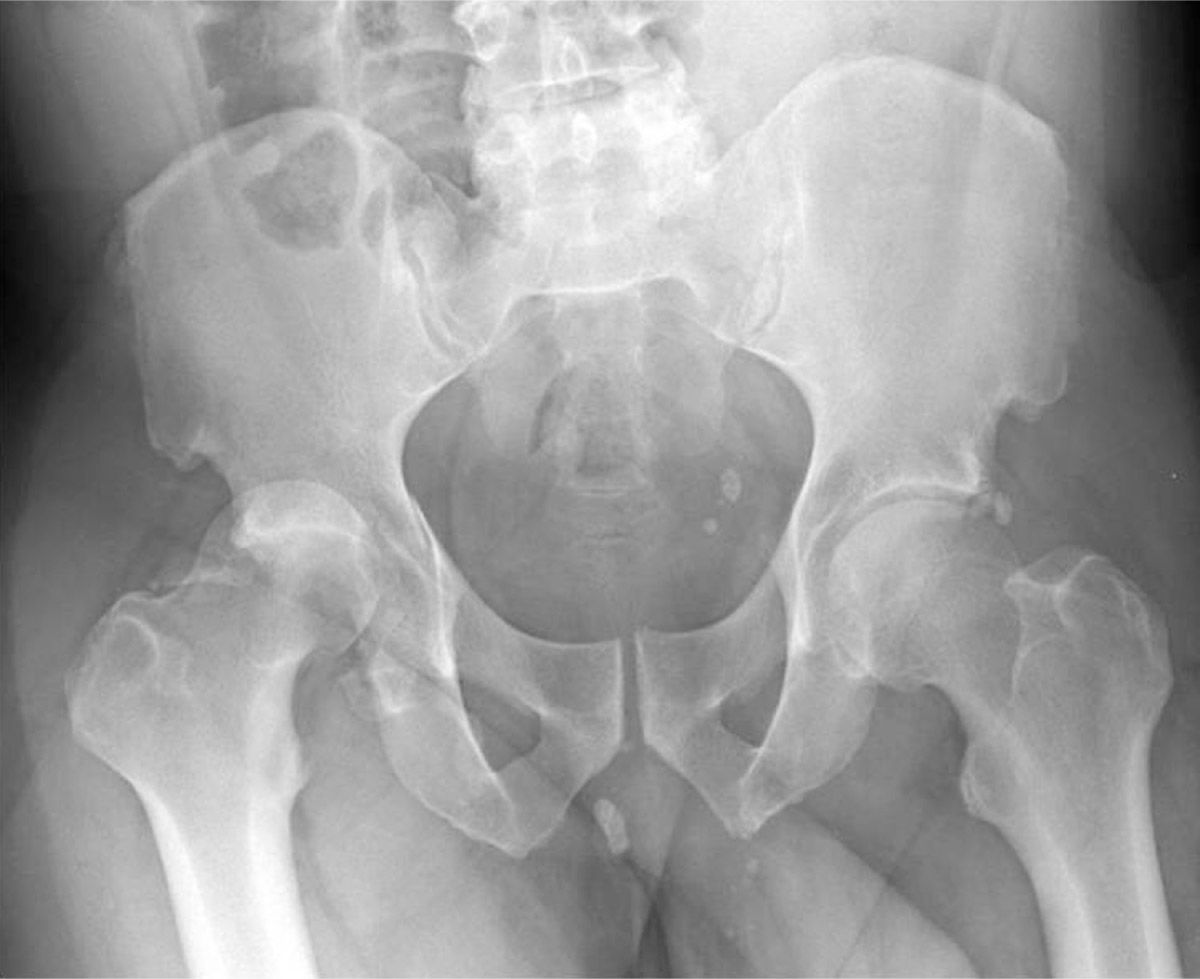Courses, webinars, and online events, in your region or worldwide. The bone can fracture in different ways.

Hip Dislocations, Femoral Head Fractures, and Acetabular
The rod passes across the fracture to keep it in position.

Femoral head fracture treatment. Femoral head fractures are rare traumatic injuries that are usually associated with hip dislocations. It can sometimes happen after an acl reconstruction. A closed reduction should be attempted, in the interest of time.
When surgical intervention is indicated, there are multiple approaches that can be successfully and safely used for definitive fixation. The first phase of treatment is to reduce the femoral head, if dislocated. Further endeavor to improve the outcome should be taken.
Open reduction and internal fixation of the fracture of the femoral head is the treatment of choice for most young patients. The standard of care for a displaced fracture where the blood supply is disrupted involves replacing the femoral head (hemiarthroplasty or a total hip. Controversies include the preferred surgical approach (anterior versus posterior) and whether to perform femoral head fragment excision or internal fixation.
Metal screws are inserted into the bone to hold it together while the fracture heals. Wide treatment options for pipkin 1 femoral head fractures range from fragment excision, fixation following open reduction with internal fixation, or conservative treatment such as close reduction alone after fracture dislocation. Femoral head fractures are associated with posterior and anterior dislocations of the hip.
Treatment may be nonoperative or operative depending on the location of the fracture and degree of fracture displacement. An intramedullary nail can be inserted into the canal either at the hip or the knee. Open reduction and internal fixation (orif) of femoral head fracture is the preferred treatment for most patients.
Fracture management with minimal resources. Small series constitute the majority of the available literature. Femoral stress fractures take several months to fully heal.
Your upper femur and the socket in your pelvic bone are replaced with artificial parts (prostheses). Currently, the method most surgeons use for treating femoral shaft fractures is intramedullary nailing. Sometimes screws are attached to a metal plate that runs down the femur.
Femoral head fractures are associated with a posterior hip dislocation and acetabular fracture, although the fracture can occur in the absence of either of these conditions. The femoral head or the acetabulum significantly change the treatment. Revised distal humerus module is.
Surgical approach and fracture management is variable. Fracture healing can be attained in all femoral head fractures by using open reduction and screw fixation. In younger patients, preservation of the native femoral head allows full return to normal activity and low risk of future complications if the fracture heals ( 1 ).
In some selected cases when there is a very small fragment located in the region below the fovea, removal should be indicated. The treatment of a supracondylar femur fracture is highly variable and may involve a cast or brace, an external fixator, an intramedullary rod, or the use of plates and screws. Our results by using conventional approaches were associated with high complication rates.
23 hip dislocations require urgent reduction because the vascular supply to the femoral head may be compromised. Surgical dislocation approach has shown some promise in improving the. Most fractures of the femoral head are treated surgically, given the tendency for these fractures to have displacement and joint incongruity.
23 management of hip dislocation without fracture includes closed reduction under conscious. However, the optimal surgical approach for the treatment of femoral head fracture remains controversial. The fracture occurs on the femur close to the knee.
The use of the transtrochanteric or. Treatment consists of urgent closed reduction of the dislocated hip followed by nonsurgical or surgical management of any associated fractures. And outcome of a hip dislocation.
Hip dislocations associated with a fracture either of. How long does it take for a femoral stress fracture to heal? Associated fractures of the hip itself, such as acetabular wall fractures and femoral head fractures, may require surgical intervention even if the hip dislocation can be reduced in a closed fashion.
During this procedure, a specially designed metal rod is inserted into the canal of the femur. The primary goal of treatment for proximal femoral fractures is restoration of the patient’s normal functional mobility. Background femoral head fractures:femoral head fractures:
The treatment of femoral head fractures associated with acetabulum fractures, pipkin iv fractures, presents difficulty as usually the femoral head. The one exception to this is if there is a femoral neck fracture, at which point open reduction is almost certainly necessary. Stop any moderate activity and repetitive, stressful exercises (running, squatting, cycling).
Operative treatment of displaced femoral head fractures can be either in the form of internal fixation or simple excision of the fracture fragments. How femoral fractures are treated. Treatment a femur fracture is always considered a medical emergency requiring immediate evaluation and treatment in a hospital.
There are several surgical approaches and treatments for this difficult fracture.